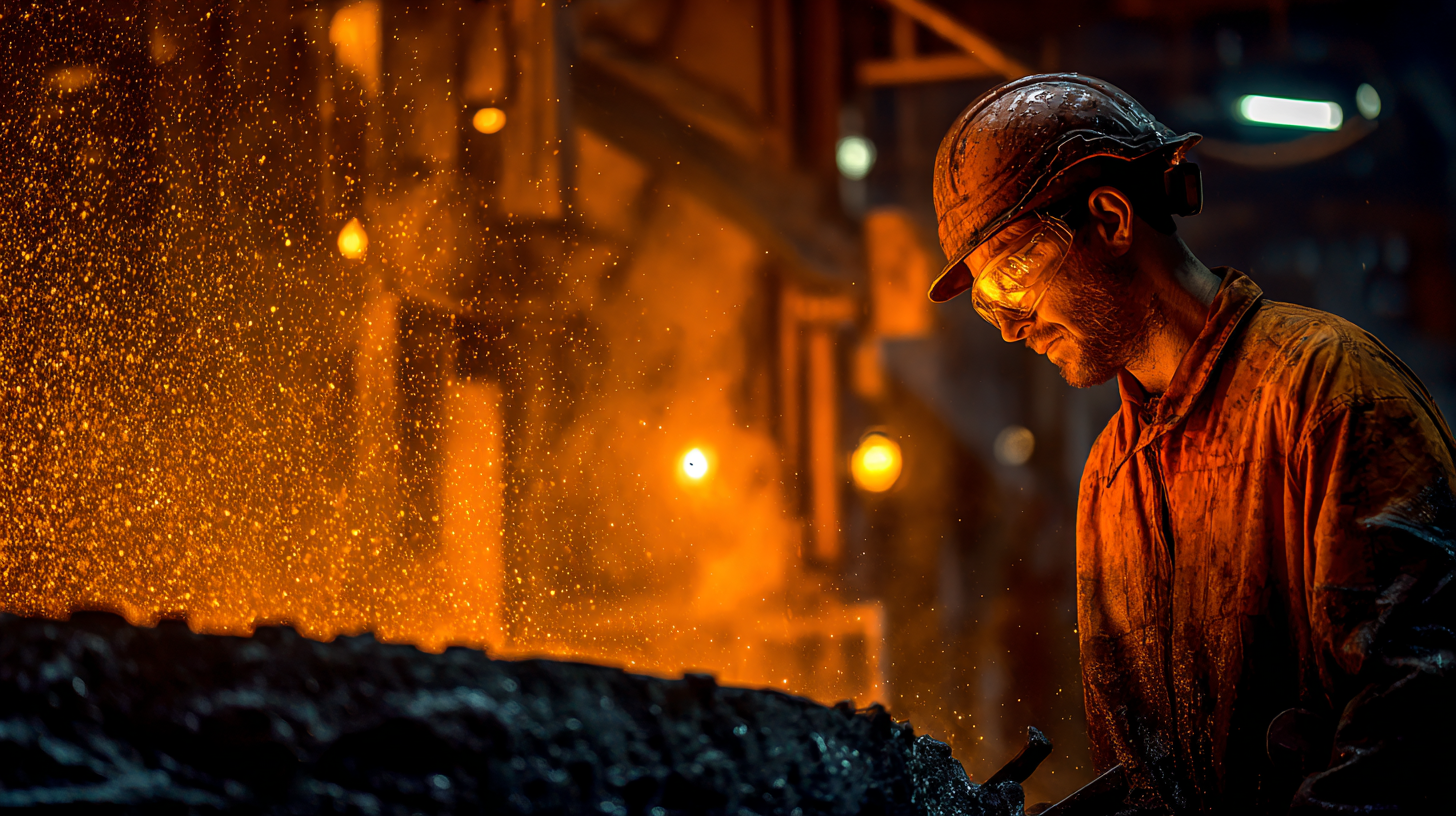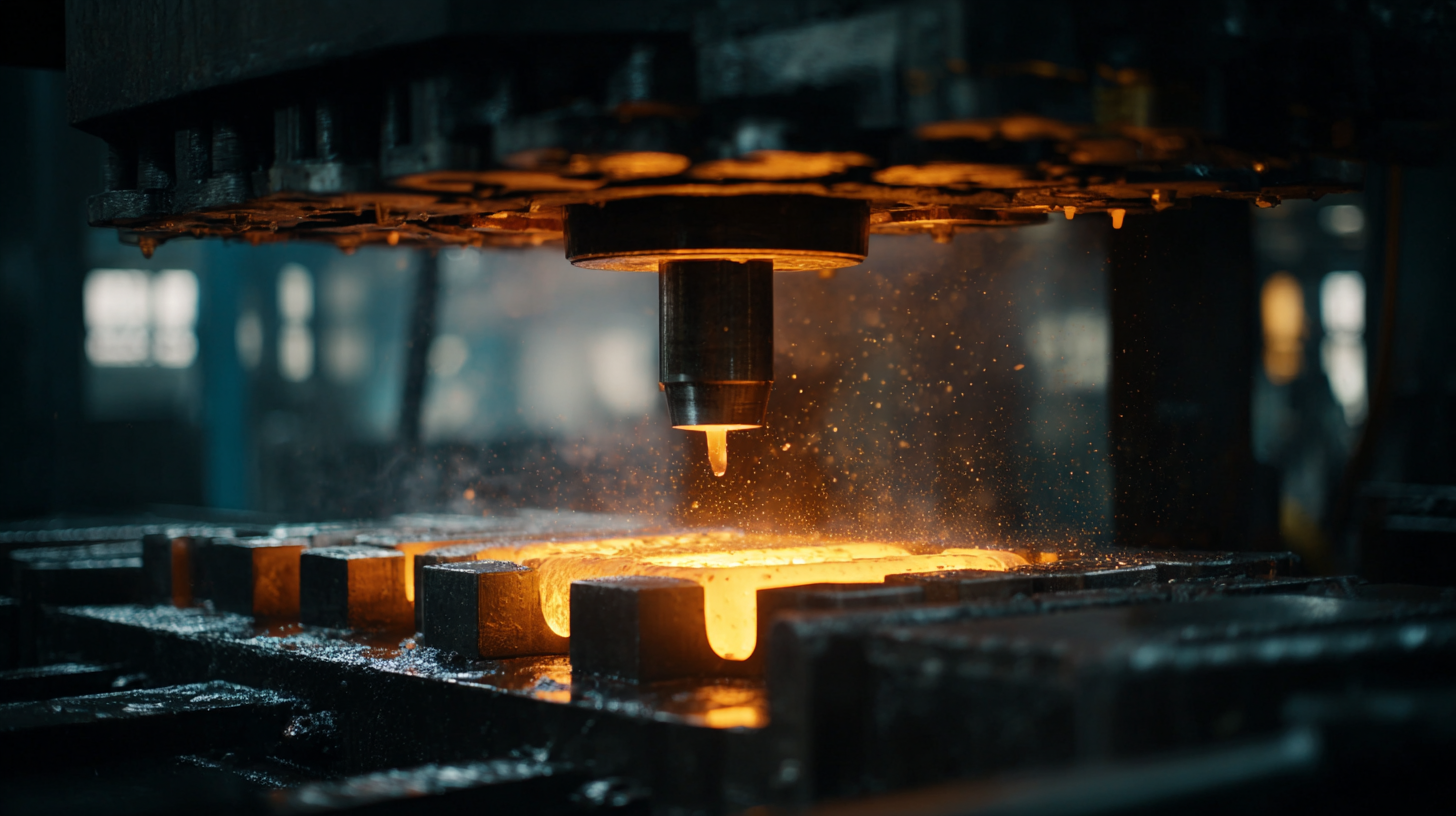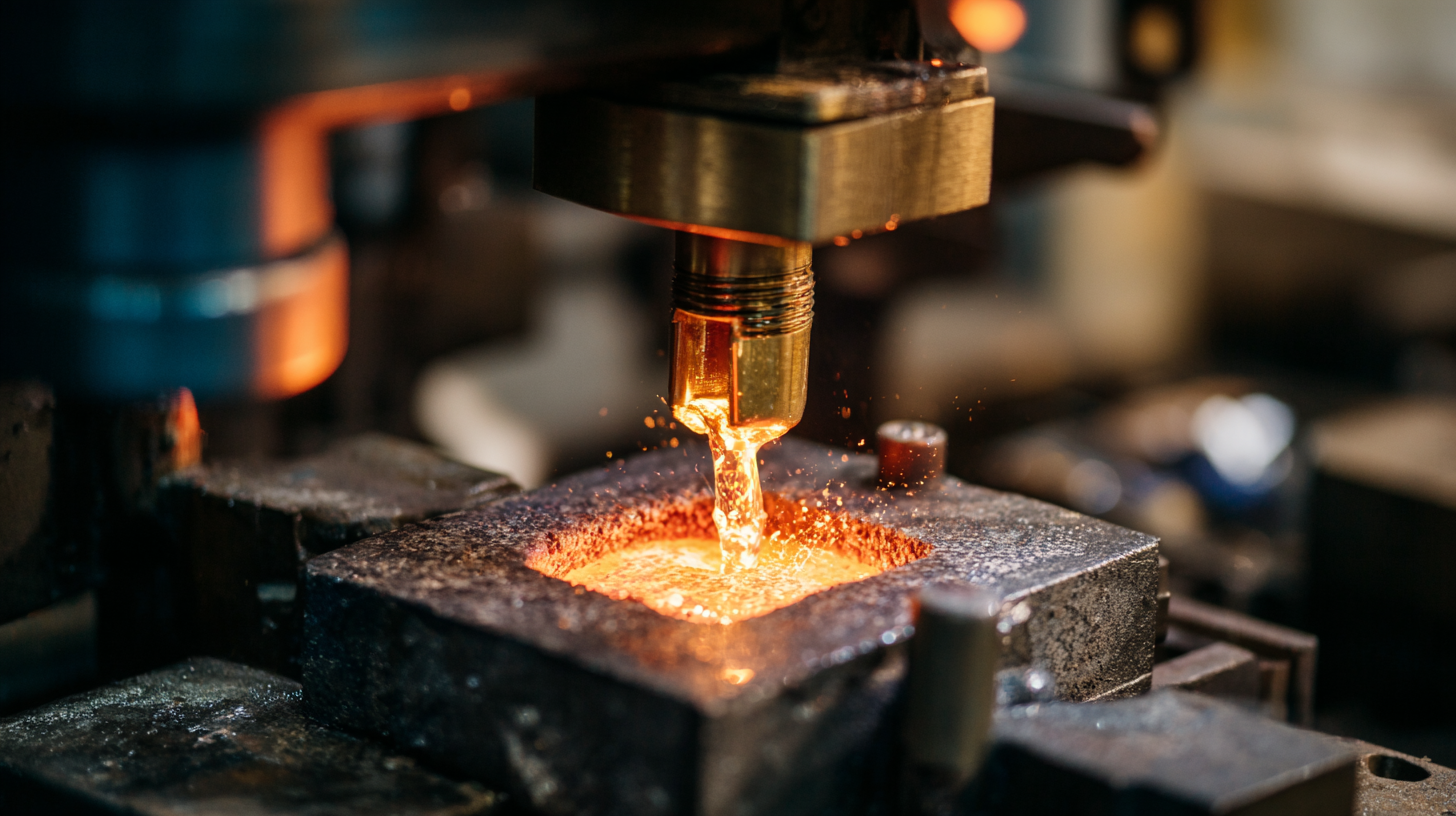 +86 180 0293 5268
+86 180 0293 5268






In an era where precision and efficiency are paramount, Investment Casting has emerged as a pivotal manufacturing process, particularly in sectors such as aerospace, automotive, and medical devices. According to a recent industry report by Grand View Research, the global investment casting market is projected to reach $24.12 billion by 2025, expanding at a CAGR of 5.7%. This remarkable growth underscores the increasing demand for high-quality, complex geometries that Investment Casting can provide, setting the stage for a new wave of innovation in manufacturing solutions. As businesses seek reliable partners to fulfil their sourcing needs, understanding the nuances of Investment Casting is essential for unlocking excellence and staying competitive in the global marketplace.

The investment casting process allows for the creation of intricate designs and complex shapes, which leads to its increasing adoption across various industries. Companies leveraging this unique manufacturing technique are able to achieve significant cost savings and enhanced performance in their products. As the market evolves, it's crucial for organizations to embrace these advanced methodologies that Investment Casting presents to stay ahead of the competition.
Investment casting, a technique valued for its ability to produce complex geometries with high precision, faces several challenges that can hinder production efficiency and quality. One significant issue is the variability in raw materials. According to a report from the Investment Casting Institute, the inconsistency in metal alloys can lead to defects such as porosity and dimensional inaccuracies, impacting the final product. Ensuring material purity and consistency is essential, as studies show that 30% of rejected castings are due to material-related defects.

Another challenge is the intricate nature of the process itself, which demands a high level of expertise and meticulous attention to detail. For instance, maintaining optimal temperature control during the wax melting and metal pouring phases is crucial. A survey conducted by the American Foundry Society indicates that about 25% of production delays in investment casting facilities are attributed to temperature fluctuations. These operational hurdles highlight the necessity for advanced quality control measures and technological innovations to enhance both efficiency and product integrity in investment casting manufacturing.
Investment casting manufacturing plays a pivotal role in various industries, and addressing quality control problems is essential for ensuring high standards and customer satisfaction. The global market for metal casting is projected to reach $21.38 billion by 2033, with a compound annual growth rate (CAGR) of 3.48%. This growth underscores the increasing demand for high-quality cast components, particularly in sectors such as the automotive industry, machinery manufacturing, and ferrous metallurgy.
In the automotive sector, the demand for precise and durable cast components is driving innovation in investment casting techniques. Quality control challenges, such as dimensional accuracy and surface finish defects, must be managed to maintain competitive advantage. The analysis of these quality control issues reveals that effective monitoring and testing protocols can significantly enhance product reliability, thus meeting the stringent requirements of modern automotive applications.
Furthermore, as companies expand their reach globally, understanding regional market dynamics becomes crucial. For instance, regions with a robust automotive manufacturing base show a higher concentration of investment casting facilities, while emerging markets present opportunities for growth. The strategic focus on quality control in investment casting not only addresses current industry challenges but also positions manufacturers to meet future demands effectively, thereby unlocking excellence in production capabilities.
| Dimensional Accuracy (%) | Surface Finish (Ra µm) | Defect Rate (%) | Production Yield (%) | Lead Time (days) |
|---|---|---|---|---|
| 95 | 1.6 | 2 | 90 | 30 |
| 97 | 1.2 | 1.5 | 92 | 28 |
| 94 | 1.8 | 3 | 88 | 35 |
| 98 | 1.0 | 1.2 | 95 | 25 |
| 96 | 1.4 | 2.2 | 91 | 32 |
Sourcing investment casting components can present various cost-related challenges, especially for businesses aiming to maintain a tight budget without sacrificing quality. Factors such as material costs, labor expenses, and logistical considerations can significantly affect the final price of investment cast parts. As demand for precision casting continues to rise, it becomes crucial for companies to adopt effective strategies to minimize costs while ensuring reliable supply chains.
One way to navigate these challenges is to conduct a thorough cost analysis. Before engaging with potential suppliers, businesses should evaluate the entire lifecycle cost of the components, from production to delivery. This includes considering not just the upfront cost, but also factors like potential delays and defects that may incur additional expenses. Engaging in early discussions with suppliers about their pricing structures can also uncover opportunities for bulk discounts or customized solutions that cater to specific sourcing needs.
Additionally, fostering strong relationships with trusted suppliers can lead to significant cost savings. By establishing open lines of communication, companies can negotiate better terms and collaborate on ways to optimize production processes. Consistent interaction allows both parties to identify potential issues early, which can prevent costly delays and ensure that sourcing investment casting components remains efficient and effective.
The investment casting industry faces numerous technological limitations that can hinder the efficiency and effectiveness of production processes. As manufacturers strive to meet the rising demands for precision and quality, they are increasingly turning to advanced robotics. The integration of robotics in investment casting not only enhances productivity by automating repetitive tasks but also improves consistency and precision in component production. This shift marks a crucial step toward achieving the high standards expected by clients in various sectors.
Moreover, the challenge of securing a stable supply of quality aluminium scrap is becoming increasingly pertinent, especially in light of global shortages. To address this issue, investment in scrap processing capacity is essential. Companies that adopt innovative technologies like semi-solid processing, also known as Rheocasting, can transform aluminium into lightweight components with unique material properties. This advancement not only optimizes resource usage but also supports a more sustainable manufacturing process, positioning firms to thrive amidst market fluctuations.
In the wake of increasing environmental concerns, the investment casting manufacturing industry is undergoing a significant transformation. With global attention on sustainability, manufacturers are exploring innovative practices to minimize their environmental footprint. According to recent studies, the aluminum industry, which plays a crucial role as a foundational economic sector, is embracing these changes by implementing strategies for carbon reduction across the entire supply chain. Notably, new reports highlight that the downstream aluminum processing phase, despite its relatively lower emissions, is now a critical component of this sustainability effort.

Shandong Weifang is at the forefront of this movement, where the integration of technology and innovation is driving substantial industrial upgrades. Local companies are experiencing first-hand the benefits of aligning with eco-friendly initiatives, as collaboration with environmental agencies has not only accelerated project implementation but has also significantly cut costs. As the industry shifts from traditional practices to greener methodologies, the call for effective sourcing solutions in investment casting becomes imperative, underscoring the importance of selecting partners who prioritize ecological sustainability alongside operational excellence.
